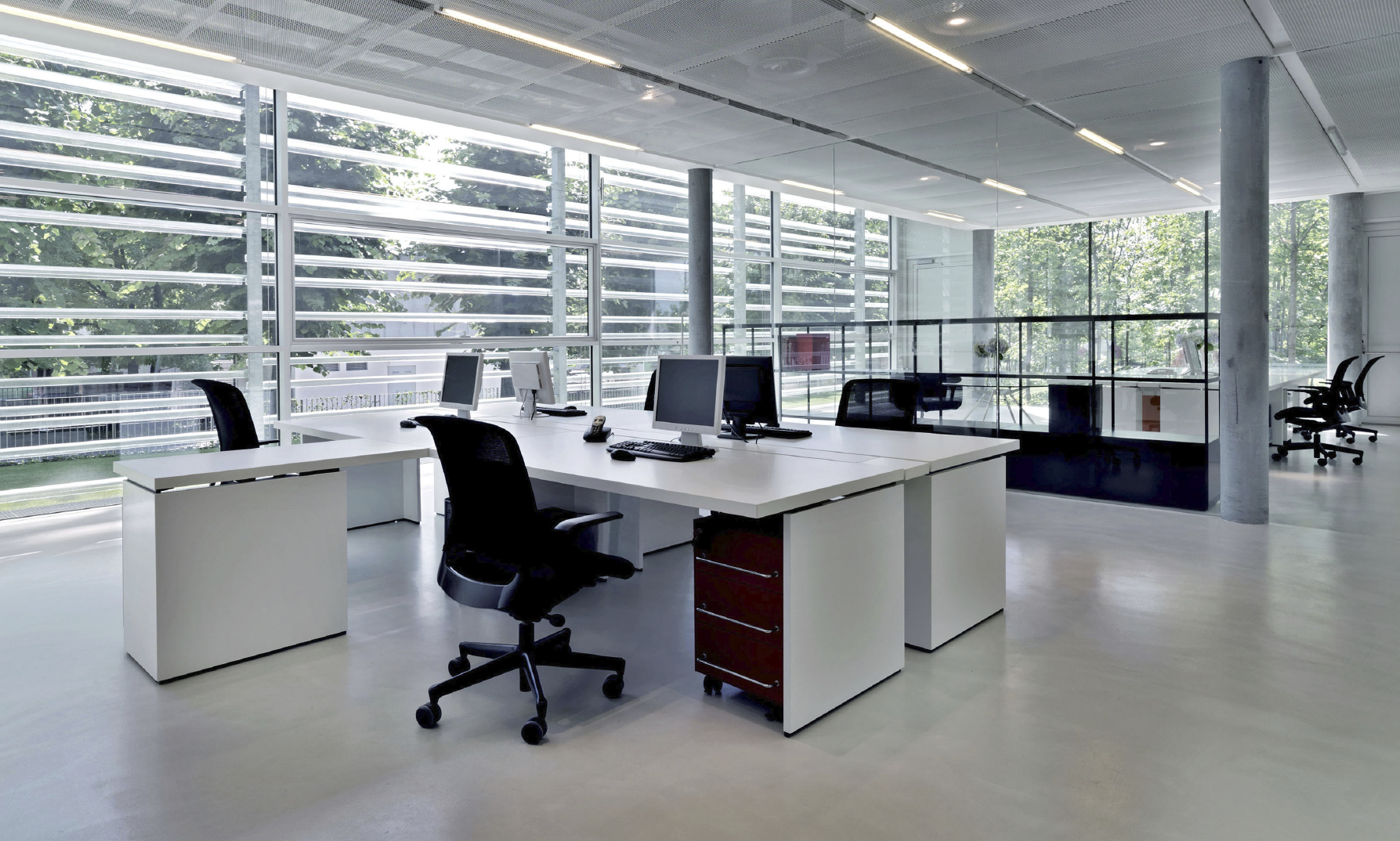Facility managers have a wide array of responsibilities, from maintaining the buildings and grounds for an organization to overseeing the upkeep of equipment and supplies, managing cleaning schedules, coordinating repairs and overseeing renovation projects. They also must balance budgets, negotiate with outside vendors, and oversee maintenance workers and custodial staff. On top of all of these responsibilities, high-profile outbreaks of Corona Virus, Escherichia coli (E.coli), norovirus, and even measles have underscored the fact that facility managers and the custodial professionals they oversee also play a critical role in protecting public health and a facility’s reputation.
Maintaining a visibly clean environment is important for influencing public perceptions because cleanliness is a top concern for customers – to the point where a negative experience can have a serious impact on a business’s reputation and bottom line. Surveys suggest this holds true across many different industries. For example, 55 percent of young employees would consider quitting their jobs and taking less pay to work in a cleaner, more comfortable environment, according to a survey from commercial cleaning franchise OpenWorks. Additionally, a survey of restaurant patrons from market research film Mintel revealed almost all of them – 96 percent of those surveyed – ranked cleanliness as the most important component of a visit-worthy atmosphere, and 76 percent said they would be deterred from returning if the table or setting was unclean.
Cleanliness can clearly have an impact on a business’s bottom line, but when it comes to public settings – and public restrooms in particular – it is important to remember that facility managers have to ensure their custodial teams accomplish two crucial jobs: cleaning for appearance and cleaning for health. No matter the type of facility, public spaces are filled with frequently touched surfaces that can harbor illness-causing germs. This is especially true of public restrooms where the potential for germ transmission is extremely high due to their function and constant use. The many frequently touched surfaces and objects in restrooms mean that cross-contamination, which occurs when germs are transferred from one surface to another, is also a common problem.
Harmful microorganisms that are often associated with illness outbreaks, such as Shigella, Salmonella, Hepatitis A, E. coli and norovirus, are routinely found in restrooms, so eliminating these unseen issues is extremely important. In fact, information published in the American Society for Microbiology’s publication Applied and Environmental Microbiology revealed Staphylococcus species, which are common causes of skin and tissue infections, were among the most common and persistent species found on public restroom surfaces, even when the restroom was not in use. In an ideal world, these two jobs – cleaning for appearance and health – would always be top of mind and accomplished through cleaning and disinfection protocols. But how close to the ideal are we?
According to a 2014 survey of almost 400 cleaning industry professionals conducted by Clorox Professional Products Co. and ISSA, the worldwide cleaning industry association, 85 percent of cleaning industry professionals are fully aware of the importance of cleaning for both appearance and health, but are concerned that this understanding does not trickle down to all of the custodial staff responsible for day-to-day cleaning and disinfecting. Only 49 percent of respondents believe their staff is aware of all the risks associated with the spread of germs in the restroom. The survey also found:
– More than two-thirds of respondents said their staff does not understand or only somewhat understands the differences between cleaning, sanitizing and disinfecting.
– Tasks that focus on cleaning for appearance are viewed as tougher than disinfecting tasks that focus on cleaning for health.
Keeping on top of restroom cleaning needs can be demanding but the fact that more than half of respondents think their staff – at best – only somewhat understands the differences between cleaning, sanitizing, and disinfecting is telling. Here is what we need to know: cleaning physically removes germs and dirt from surfaces by using soap and water but it does no necessarily kill germs. Sanitizing lowers the number of germs on surfaces to a safe level for public health standards, while disinfecting kill germs on surfaces to reduce the risk of spreading infections.
Even with this knowledge in hand, we need to do more when it comes to education and training so that all staff members understand the role they play in preventing the spread of illness and ensure that front-line cleaning professionals have the right products and appropriate training they need for the job. While the potential for the spread of germs and cross-contamination in public restrooms will always be high, facility managers and the janitorial staff they manage can work together to fight back with thoughtful preparation and daily implementation of strong cleaning and disinfecting protocols that help protect public health.
Source: Cleaning & Maintenance Management, by Sarah C. Bell-West, PhD

